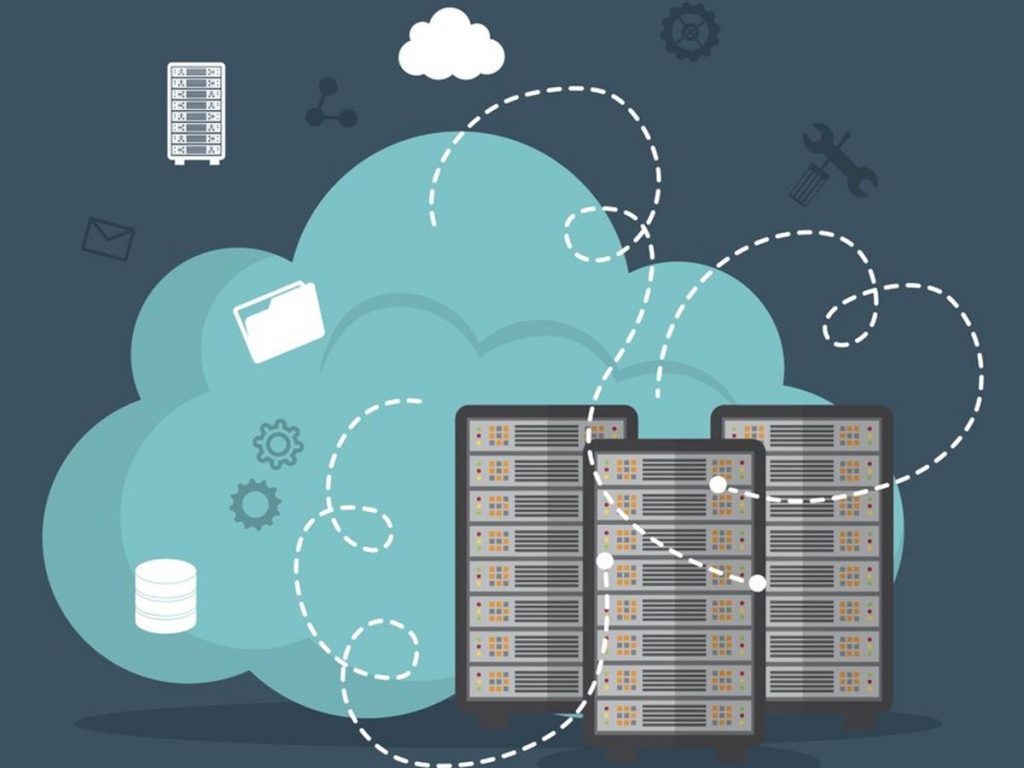Migration to the cloud is a natural step in the development of modern business. Despite the area, a lot of companies move to the cloud because it can highly increase the company’s efficiency. The simplest way to implement cloud computing is by referring to the Managed Service Provider (MSP), like IT Svit https://itsvit.com/services/migration/cloud-migration/.
If you want to move to the cloud on your own or just get to know the topic closer, keep reading. We preparedfor you a cloud migration plan that includes 10 steps.

Steps of cloud migration
- Assign the role of the migration architect. This is the very first thing you should do before starting the migration. The migration architect is a specialist who is responsible for planning and executing all the steps of the migration. During the cloud computing implementation, you will need to make a lot of decisions and plans, so having the migration architect who knows the best practices of cloud infrastructure design is crucial for success.
- Choose the level of cloud migration. There are two ways of cloud integration: lift-and-shift and deep cloud integration. The first way is moving applications without changes on the servers. You do not need unique cloud services because the application is moving as is. The second approach means you need to modify the software to use key cloud capabilities like scaling, serverless computing, and others.
- Choose cloud quantity. You could choose to use one cloud provider and deploy your software on one platform or to use several cloud vendors (multi-cloud) and deploy applications there. Each approach has its own pluses and minuses and suits to different cases.
- Define cloud KPI. KPI (Key Performance Indicators) are special metrics that show the efficiency of your migration processes and how they are passing.
- Set baseline performance. This means you should establish the performance of your application before the migration and compare it with expected performance. This allows for making conclusions about migration efficiency.
- Make a prioritization. On this step, you need to understand how you will migrate – the whole software at once or split the process into the components.
- Complete any necessary refactoring. You might need to reorganize your application before moving into the cloud. This can be a necessary step to make the software more efficient in the future.
- Make a plan for data movement. Data location can affect the software performance a lot. If you store your data locally when an application is already in the cloud, it will significantly impact performance. Thus said, data migration is a very important part of cloud migration as a whole.
- Organize the CI/CD pipeline. CI/CD means Continuous Integration and Continuous Deployment. CI/CD provides configuration scripts that can help to set up and configure the needed cloud environments. Kubernetes and Terraform are the most popular tools used to configure these scripts, so-called manifests. High-quality automatization can remarkably increase the efficiency of your applications.
- Allocate resources. After finishing the migration, there is still some work. The most important thing to do after the migration is optimization. The correct resource allocation is needed for scaling your application. Make sure you automate this process or at least have a strategy on this point.
Final thoughts: plan your cloud migration ahead
We described a checklist that is used in cloud migration best practices. You should pay attention to these ten points for a successful migration. Actually, this can be quite difficult, so if you are not sure about your knowledge and recourses, it is better to hire an experienced MSP. Cloud migration is a powerful instrument that can bring you a lot of benefits in case of successful implementation and might bring losses otherwise. Thus said, pay attention to building your migration strategy and hire qualified specialists if you need it.


